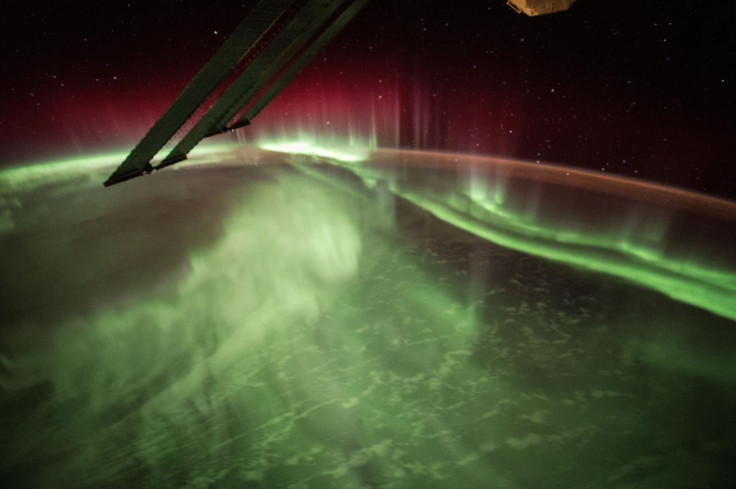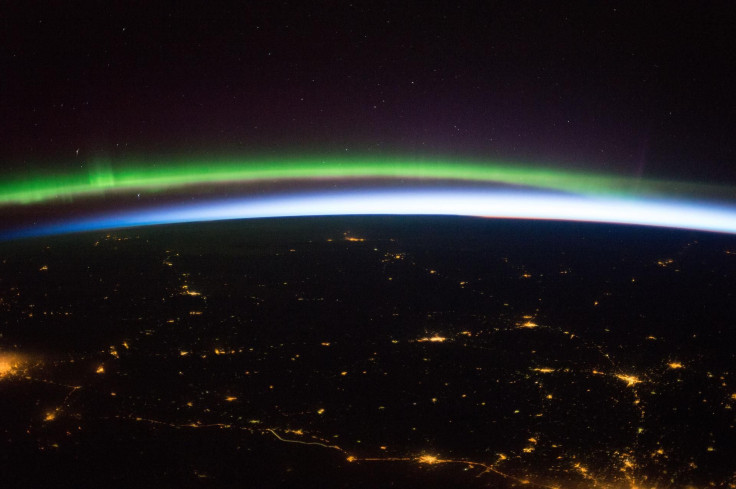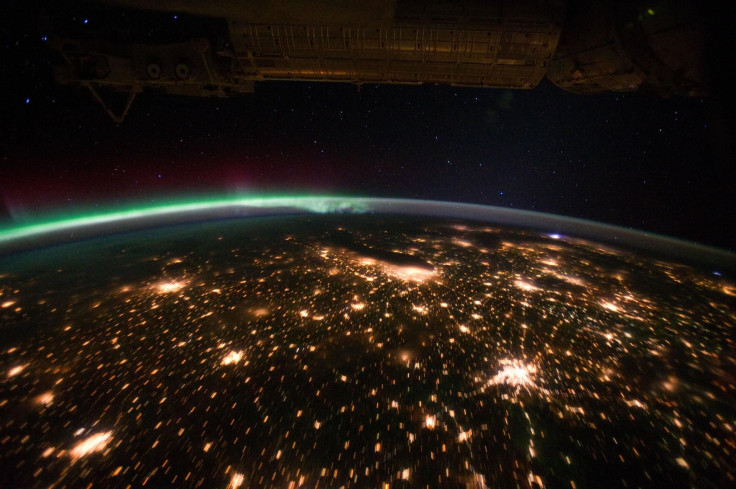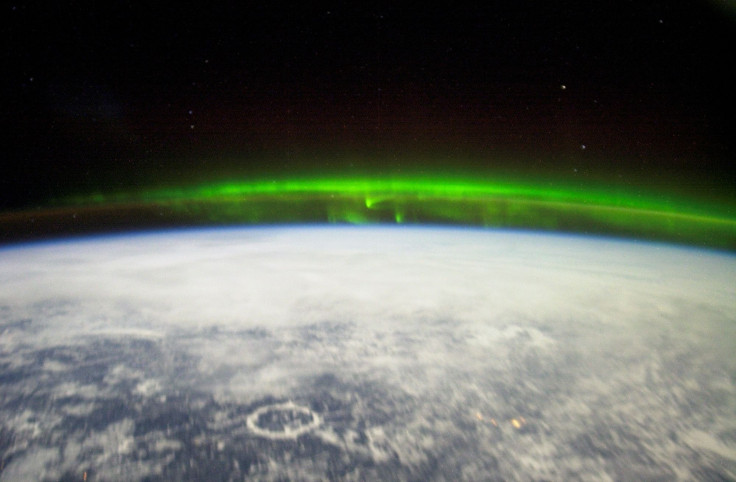5 NASA Photos Of The Northern Lights: How, When To See Them

Most of the seven natural wonders of the world tend to be stationary, but not the Aurora Borealis. Often called the Northern lights, the aurora is a caused by particles that shoot out from the sun, speed to Earth and trigger a release of particles and reactions between charged electrons and protons that collide with neutral atoms in the upper atmosphere. Those reactions are visible in the form of blankets of colorful red, yellow, green, blue and sometimes purple light.
As the name implies, nature’s light show happens in the Northern Hemisphere, and the closer you are the the North Pole the better. Meaning if you're in North America you should probably head up to Alaska or western Canada. If you’re in Europe the northern parts of Norway, Sweden or Finland are your best bet. Generally you want clear skies, proximity to the North pole and preferably, winter time, says the Geophysical Institute at the University of Alaska at Fairbanks.
Read: Total Solar Eclipse August 2017: What It Is, How And Where To See It
But if you can’t make it to one of these areas you still have a chance at seeing them. Just last weekend the lights made an appearance in Michigan and other parts of North America. The National Oceanic Atmospheric Administration can forecast the phenomenon and in early July announced the chance to see the aurora. Viewers in Michigan, Washington and Canada got a glimpse of the colorful display.
NOAA offers a three day forecast for those looking to track the wonder. But if you don’t live in one of the areas that offers optimal viewing, NASA has taken some incredible photos of the “dancing lights.”
The crew on the International Space Station orbit the Earth every 92 minutes so they have many chances to catch a glimpse of the aurora.

The different colors that the aurora displays happen due to the difference in gases that are excited by the electrons. Oxygen creates the green/yellow light or red light which is the most common one to see. Nitrogen gives off a more blue colored light, says NASA.

The general shape of the aurora depends on where the electrons come from in the magnetosphere, but scientists are still working on establishing what each shape means. Very different shapes can all be seen in the same night, says NASA.

The name "aurora borealis" means "dawn of the North." Galileo Galilei coined this term because he thought the lights came from sunlight reflecting from the atmosphere and Aurora is the Roman goddess of morning, according to NASA.

© Copyright IBTimes 2024. All rights reserved.





















